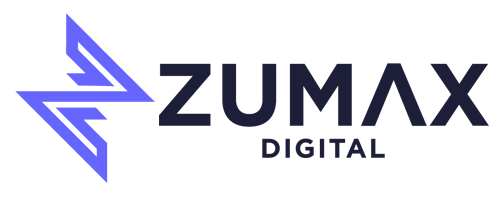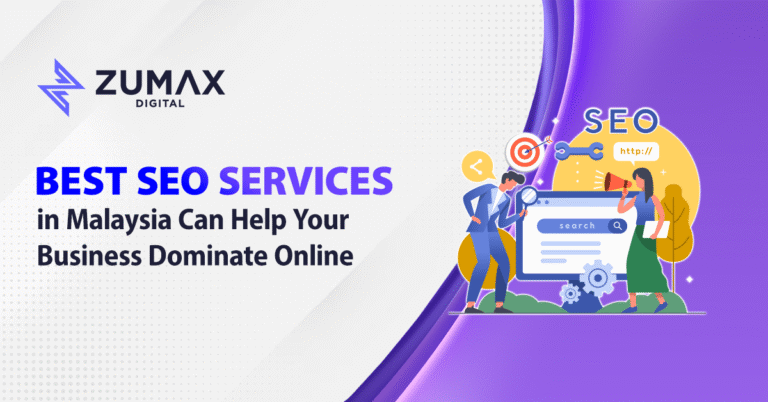
Rank On Google First Page
Google is the all-powerful for those in the industry of driving organic traffic. It scans the internet to find the most valuable and relevant sites for its consumers on nearly any topic. We don’t only trust, but we rely on Google’s results. Therefore, there is a lot of people make efforts to make their business rank on Google First Page.
Why is Google’s First Page So Important?
1. Attracting visitors to your website
The most crucial reason for achieving first page rankings is to make your product or service visible to everyone searching for it. Google, by the way, is the most popular search engine, with about 12 billion queries every month.
2. Increases click-through rate.

91.5 percent of Google traffic goes to first-page websites.The majority of customers don’t go past the first page of results. If your site is on the second page, you’ll have to split 4.8 percent of the traffic with the other sites on that page. The traffic proportion declines to 1.1 percent on page three.
3. Position Zero

The information Google provides at the very top of the search results is known as the Zero Position, sometimes known as a featured snippet. This data provides the most accurate answer to the user’s query.
How can rank on Google First Page helps business
1. Makes you look more credible

In general, search engines think that a high-ranking site is good and trustworthy. This makes your business more credible.
2. More Competitiveness.

Competitors will most likely be spending money on SEO, which means you should do the same thing. People who spend a lot of money on SEO often outrank their competitors in search engine results and gain a lot of market share.
3. Getting A Higher Rank In Local Searches
Local searches for “digital marketing agency near me” are growing increasingly popular. Approximately 80% of mobile local queries result in conversions. Rank on Google first page may assist you in attracting these searchers who are frequently eager to make a purchase.
How to rank on Google First Page?
1. Figure out the search intent
Find out why the search was done. Once you know your top 5 keywords, you need to figure out what people are looking for when they use those keywords.
Just type the keyword into Google and press the enter key. We might be surprised by how much we can learn from questions, even if they are just a few words long. As it turns out, 99 percent of all search terms fall into four different categories:
i) Informational Intent


When someone is looking for an answer or more information, they often ask a question. Example: How to improve SEO or what is web design.
ii) Navigational Intent

Looking for a certain website is a navigational intent. For example, sign up for Whatsapp or Twitter.
iii) Commercial Intent

People often use the words “best,” “review,” or “compare” in their queries. Example: Review of a handbag
iv) Transactional Intent
Wanting to buy something. Example: Buy web hosting and get price quotes for digital marketing.

2. Examine Your Competitors
To begin, put your keyword into the search field and scroll down to the first page of results. If you observe huge brand names of well-known businesses on Google’s first and second pages but your website has no ranks or traffic, you should adjust your plan or keywords to target. When looking out the keywords that your rivals are using and determining the most appropriate keywords to target to get an edge, you may utilize competitive keyword analysis.
![How to Do an SEO Competitor Analysis [Template Included]](https://ahrefs.com/blog/wp-content/uploads/2019/02/venngage-ppc-keywords.png)
Competitor keyword analysis helps:
– Find keywords that your competitors haven’t yet identified.
– Discover why your competitor’s site ranks higher for the same keywords as you.
– Search for long-tail keywords that you didn’t think your target market would use.
– Target your competitors’ keywords and utilize them better than they do.
3. Choose your keywords
Decide which search queries you want Google to respond to with your website pages first. These are referred to as keywords, which might be single words or phrases.
Example of keywords
– Digital Agency near me
– 10 Web Design Ideas for beginner
– SEO is what?
4. Make content that is good for SEO
Make a blog post or a page about a product or service. The same SEO optimization rules apply to both of these types of content.
i) The title’s main words

The title of your page or post should include your main keywords. Google treats synonyms in the same way, so you can use synonyms in the title.
ii) Title goes in H1

Even though WordPress wraps the title in an H1 tag, many themes change this by default. Check to see if this is happening on your site and fix it if it is.
iii) The H2 tag has a subheading.
With H2 subheading tags, content is broken up and made easier to scan and read.
iv) URL full of keywords
Your main keyword should always be in your URL, and it shouldn’t be too long. For instance, the keyword I’m aiming for is “Google first page,” so my URL looks like https://www.firstpagegoogle.com.
v) Use things like pictures and videos.
Adding visuals to your content will make it more interesting to your readers and make it more likely that they will share it.
vi) alt text image
Alt text is the written copy that shows up instead of an image on a web page if the image doesn’t load on the user’s screen. It is also called alt tags and alt descriptions.
vii) Link to resources outside of your site
External Links are links that go to a domain other than the one where the link is located (source).
viii) Long text (Google loves it)
Long-form content has been shown to be more interesting, more likely to be shared, and better for SEO.
5. Try to get the featured snippet.

Unlike the list of search results that usually appears below this highlighted content, featured snippets give a more complete answer to a user’s search query. Therefore, how to get a snippet to be highlighted?
i) Keyword difficulties
Find keywords that are easy to find and relevant to your audience. Before you write content, you should look at the keyword difficulty score. A low keyword difficulty is good for sites that haven’t been around for long.
ii) Make your content fit the needs of the searcher.
By looking at the search results for “how to improve SEO,” we can tell that the person looking for information wants to know how to improve SEO content. So, the article gives a quick answer to that question right under the first H2.
When the searcher’s question is in the H2 headline, it draws attention to it and makes it easy to find. When Google crawls the page, the H2 also emphasizes how important it is.
6. Look after your Meta Tags Well

Meta tags are short texts that show up in Google search results to give users a short summary of what the content is about. Meta tags are a little like featured snippets, but they are shorter.
What’s the point of Meta Description?
A searcher’s decision about whether or not to click on your content from search results can be affected by the meta description. More people will click through if the description is detailed, interesting, and relevant.
How to write a great meta description?
This will be discussed in the next Zumax Digital blog, so stay tuned!
Are you interested in learning how to improve your rank on Google’s First Page? , START NOW!





